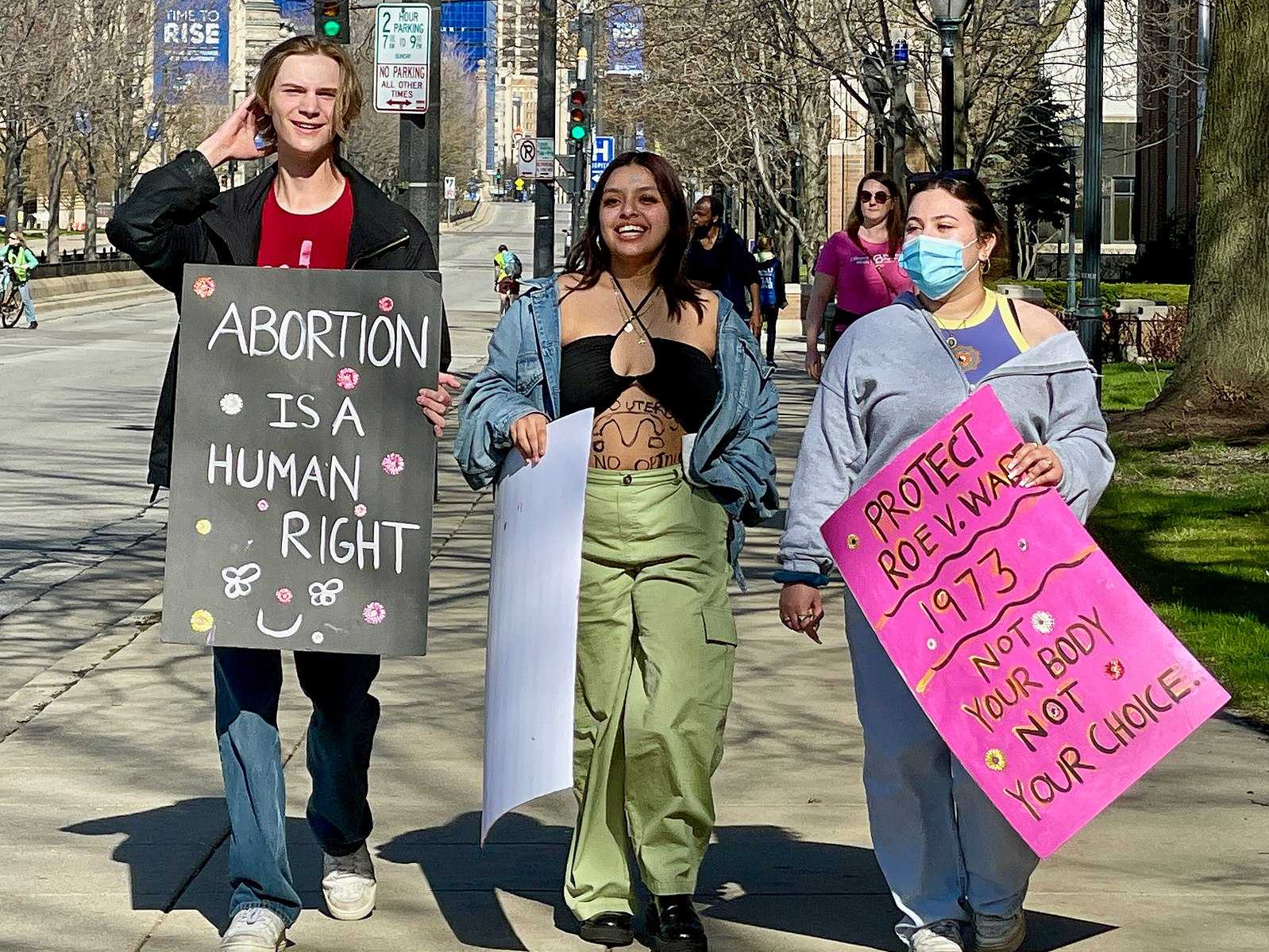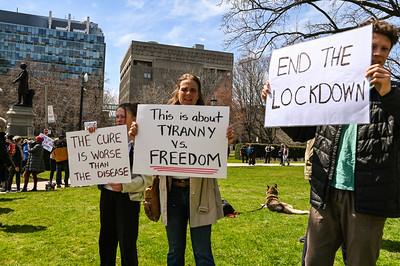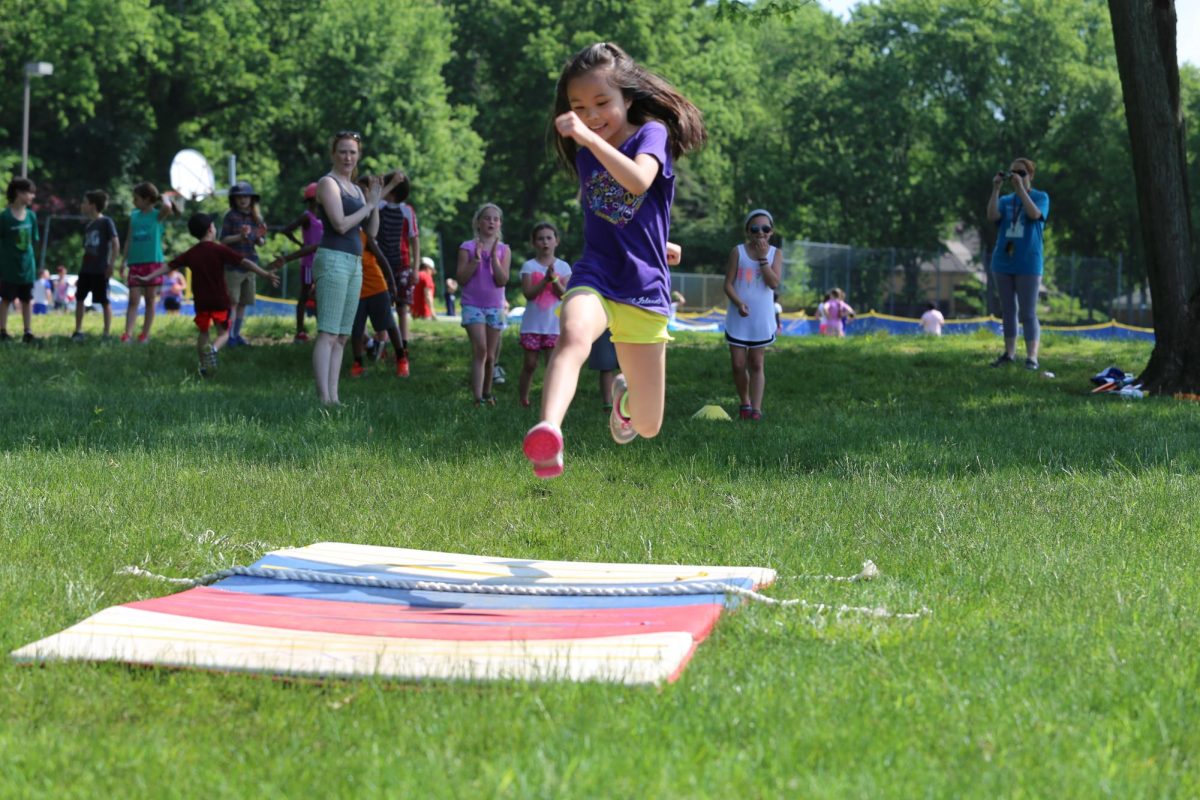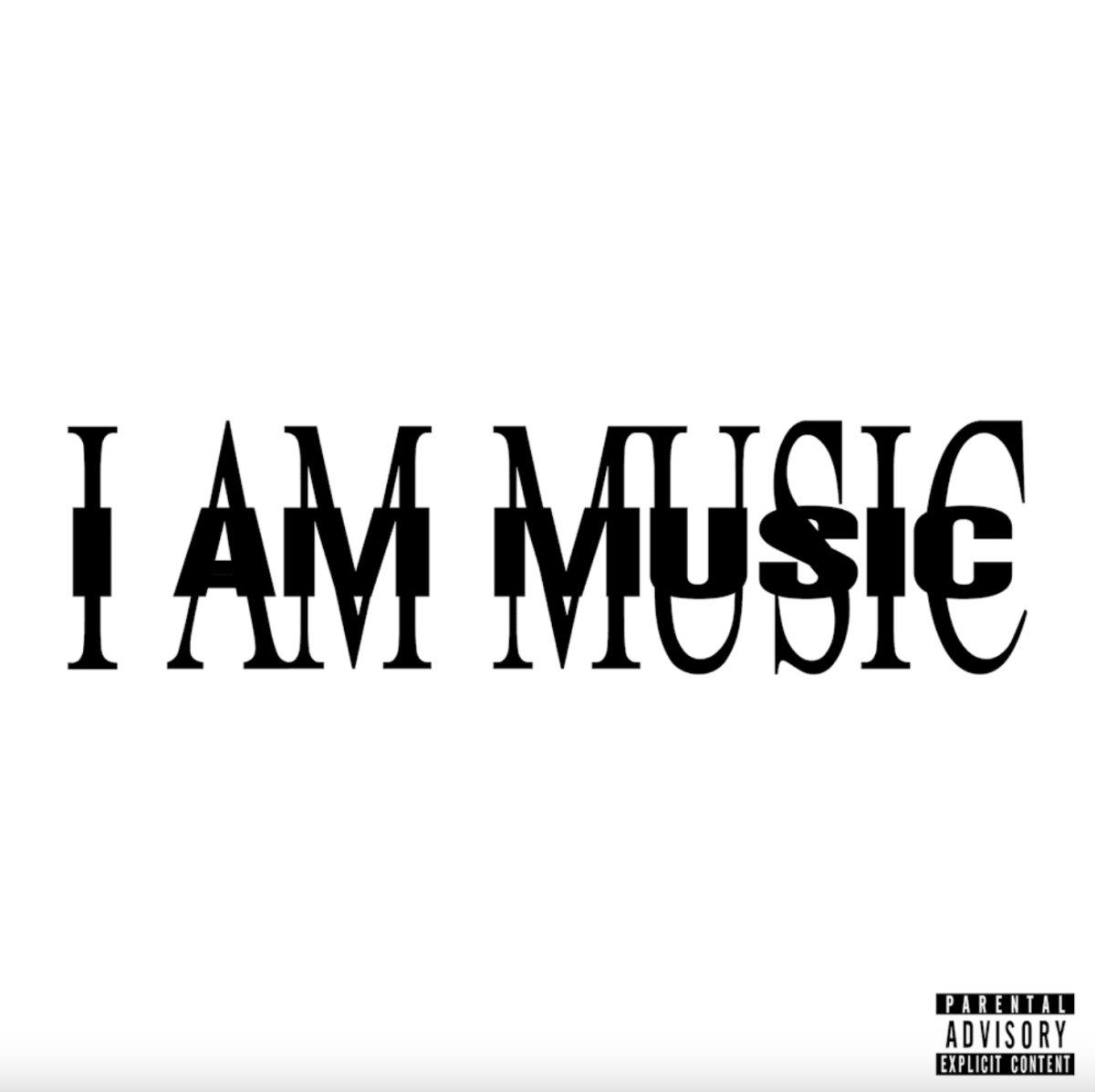Being a school committed to the idea of talking across differences and engaging in uncomfortable conversations, MFS lacks an effective sex education to create a difference and prepare students for the real world.
In junior year, students take one-quarter of health, the designated time for sex education. During this quarter, students cover the anatomy of male and female reproductive systems, STDs and STIs, pregnancy, contraception, and childbirth, as well as touching very briefly on boundaries and consent, then closing out the quarter with a project on budgeting the costs of raising a child; this is a curriculum that Sex Education teacher Bryan Wright believes is “comprehensive and appropriate for the age group.”
While the curriculum is comprehensive in terms of educating on the prevention of pregnancy and STDs and STIs, there is a failure to address the less biological — but equally important — aspects of sex, including the emotional, social, and personal factors.
In a generation raised with social media, pornography, and a growing rape culture, the misconceptions, miscommunication, and overall unhealthy mindsets surrounding sex have created an issue that can only be ameliorated through the proper curriculum. The normalization of unhealthy portrayals of sex, sexuality, and sexual assault all contribute to distorted views of intimacy and consent, reinforcing incorrect and harmful expectations and behaviors for real-life relationships.
In a study discussing the association “Between Exposure to Violent Pornography and Teen Dating Violence in High School Students” they came to the conclusion that “female adolescents exposed to violent pornography were over 1.5 times as likely to perpetrate physical and threatening TDV (teen dating violence) whereas male adolescents who were exposed were over 3 times as likely to perpetrate sexual TDV” (U.S. National Library of Medicine).
For this reason, an all-encompassing sex education is vital in allowing students to navigate situations without misinformation being their guide.
Frank Karioris, a history teacher new to MFS with a PhD in Gender Studies bolsters this point. “The informal [sex] educational structures that teenagers are a part of do not situate [them] for best success in learning sound practices and information, and therefore the formal structure of learning — in this case school — is oftentimes a place where that is more possible and accepted by teenagers, parents, and teachers,” he said.
Furthermore, Karioris believes that comprehensive sex education is one “that is well-rounded to encompass questions of safety, anatomy, consent, enjoyment — that sexuality is not only a negative —, and inclusivity in the sense that we talk about and validate the existence of queer people and queer sexualities,” emphasizing the importance of this education being developmentally specific and appropriate to the age of the students receiving it.
All of this is true and important, however, MFS’s current curriculum doesn’t fully meet these criteria, which again leads WordsWorth to argue the incompleteness of MFS’s sex education.
It feels as though the sex education we receive is just to check off a box because it is required. What administration and even other students fail to recognize is the alarming fact that sexual violence and assault cases are climbing exponentially, with “58% of 7th-12th graders experiencing sexual harassment,” (Safebae). The current sex education curriculum does very little to prepare students for how to properly engage in intimate moments, communicate boundaries, or navigate consent, all of which would help them avoid being a victim or even a perpetrator of these increasing sexual acts.
Wright, in response to whether or not he thought it was important for the curriculum to cover topics such as how the media that adolescents consume has impacted sex and rape culture said, “I do think that is important. What kids are getting from the media, what they’re getting from music and rap culture, what they’re consuming in different ways is important to have conversations about to make sure people are aware of the different messaging that goes with that media.” However, he believes that it is a “value system that is [to be] taught at home.”
While this is true, topics like rape and sexual violence are intimate discussions that typically happen at home, these conversations are often incomplete or even non-existent. This leaves many teenagers to again consume their news through unofficial and misguiding sources. Not all families are comfortable addressing issues like consent, media influence, and rape culture and in a time where these issues are more prevalent than ever, schools should be stepping in too.
According to Healthy Teen Network, “Research shows that sex education that is culturally responsive and inclusive helps young people develop the social and emotional skills they need to become kind and empathetic human beings. This type of sex education leads to better body image, more empathy and respect for others, better communication skills, better management of feelings, a better sense of self-control and safety, prevention of child sex abuse and dating and intimate partner violence, development of healthy relationships, a better understanding of gender equity and appreciation of sexual diversity, and more protection against mis/disinformation, both online and from peers.”
As Karioris said, we need a comprehensive sex education. That should start with a longer time slot pulled aside for the topic as a whole, giving the possibility to cover all the topics needed. There should also be a special time pulled aside, like for the “Drug Lady” Brenda Conlon, who is an outside speaker who comes to discuss drug safety and usage and gives students the opportunity to ask their own questions. This implementation would allow students to recognize the significance of sex education and also provide an outside source to create a more comfortable environment for more uncomfortable topics.
As a school committed to creating change and preparing students for the real world, we are overlooking one of the most critical issues: we live in a world where “one in 9 girls and 1 in 20 boys under the age of 18 experience sexual abuse or assault,” and “females ages 16-19 are 4 times more likely than the general population to be victims of rape, attempted rape, or sexual assault” (RAINN).
It should be imperative to not only teach comprehensive sex education, but also ensure students understand why what they are consuming in the sex education classroom is critical in shaping the way in which our society moves forward in regard to issues of consent, respect, and prevention of sexual violence.
Works Cited:















